Fasting mimicking: The scientific new diet that's making people lose half a stone in five days
Food lover and keen eater Rachel Hosie tried a challenging 'fasting mimicking diet', and this is how she got on
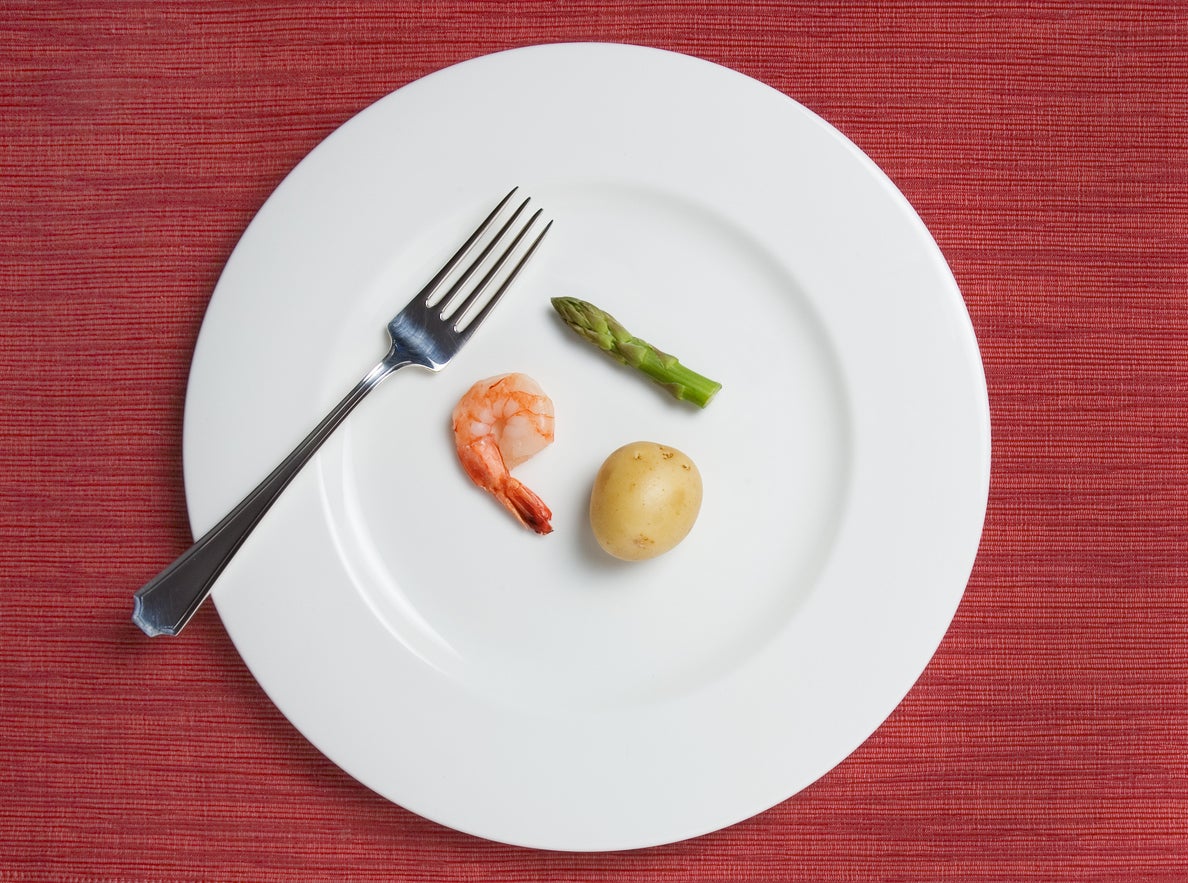
Your support helps us to tell the story
From reproductive rights to climate change to Big Tech, The Independent is on the ground when the story is developing. Whether it's investigating the financials of Elon Musk's pro-Trump PAC or producing our latest documentary, 'The A Word', which shines a light on the American women fighting for reproductive rights, we know how important it is to parse out the facts from the messaging.
At such a critical moment in US history, we need reporters on the ground. Your donation allows us to keep sending journalists to speak to both sides of the story.
The Independent is trusted by Americans across the entire political spectrum. And unlike many other quality news outlets, we choose not to lock Americans out of our reporting and analysis with paywalls. We believe quality journalism should be available to everyone, paid for by those who can afford it.
Your support makes all the difference.I am someone who likes to eat. Not only that but I’m very good at it. In fact, eating is probably one of my best skills.
So the prospect of not eating for five days did not massively appeal. But that, dear reader, is essentially what I did.
Fasting has had a lot of hype in recent years: whether intermittent fasting, the 5:2 diet or alternate-day, nutritionists, dieticians and scientists have been harping on about the health benefits and everyone’s been trying it.
The latest way to fast, however, is to follow a ‘Fasting Mimicking Diet’ (FMD), designed by Professor Valter Longo at the Longevity Institute of the University of Southern California.
Straight out of California (where else?), the ProLon FMD is a five-day meal programme designed to keep your body in a fasting state - ‘fasting with food,’ they call it.
Your food is all provided in five little boxes, along with a few supplements and energy drinks. When I opened the box and saw how little was meant to last me five days, I could’ve cried.
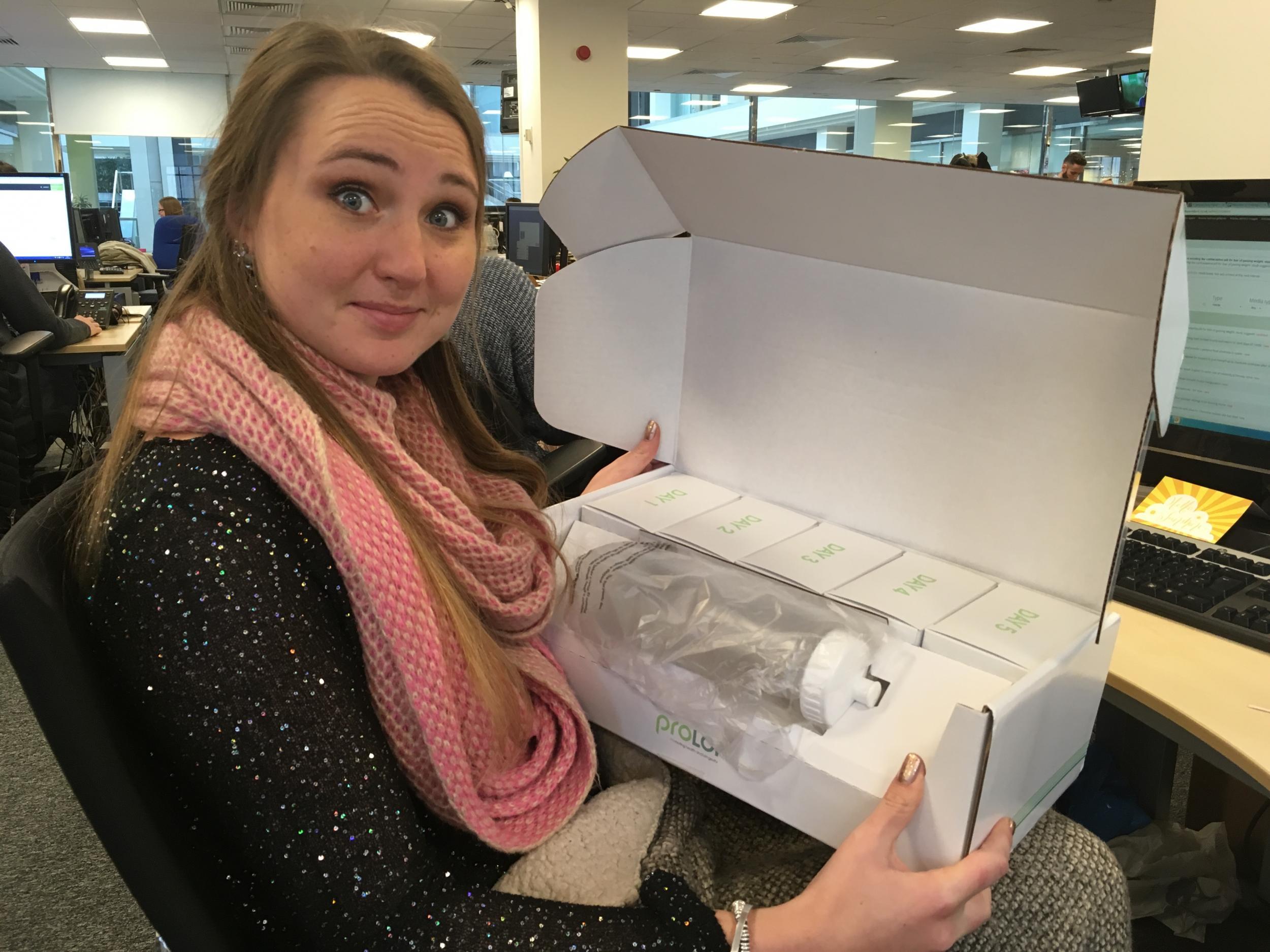
The plan is completely natural and plant-based, but what makes this diet different to others is it’s all scientifically-developed and clinically-tested so that the body is nourished while remaining in a fasting mode.
It’s all been cleverly devised to ensure the body doesn’t release any of the normal signals that we’ve been fed, whilst providing the necessary nutrients.
And although the 5:2 diet (eating just 500-600 calories two days a week) helps with weight-loss, the firm claims the body needs to fast for a long enough period without sensing food so that it goes into protectionist mode, which is how humans survived for hundreds of thousands of years. Hence, five days of fasting.
The benefits of following a FMD are multitudinous: whilst weight-loss will undoubtedly occur, the main aim is to extend your ‘healthspan’ - that is, how long you live healthily, before contracting any age-related illnesses.
How often you follow the programme is up to you - for some people, once a year is enough. Others do it every month.
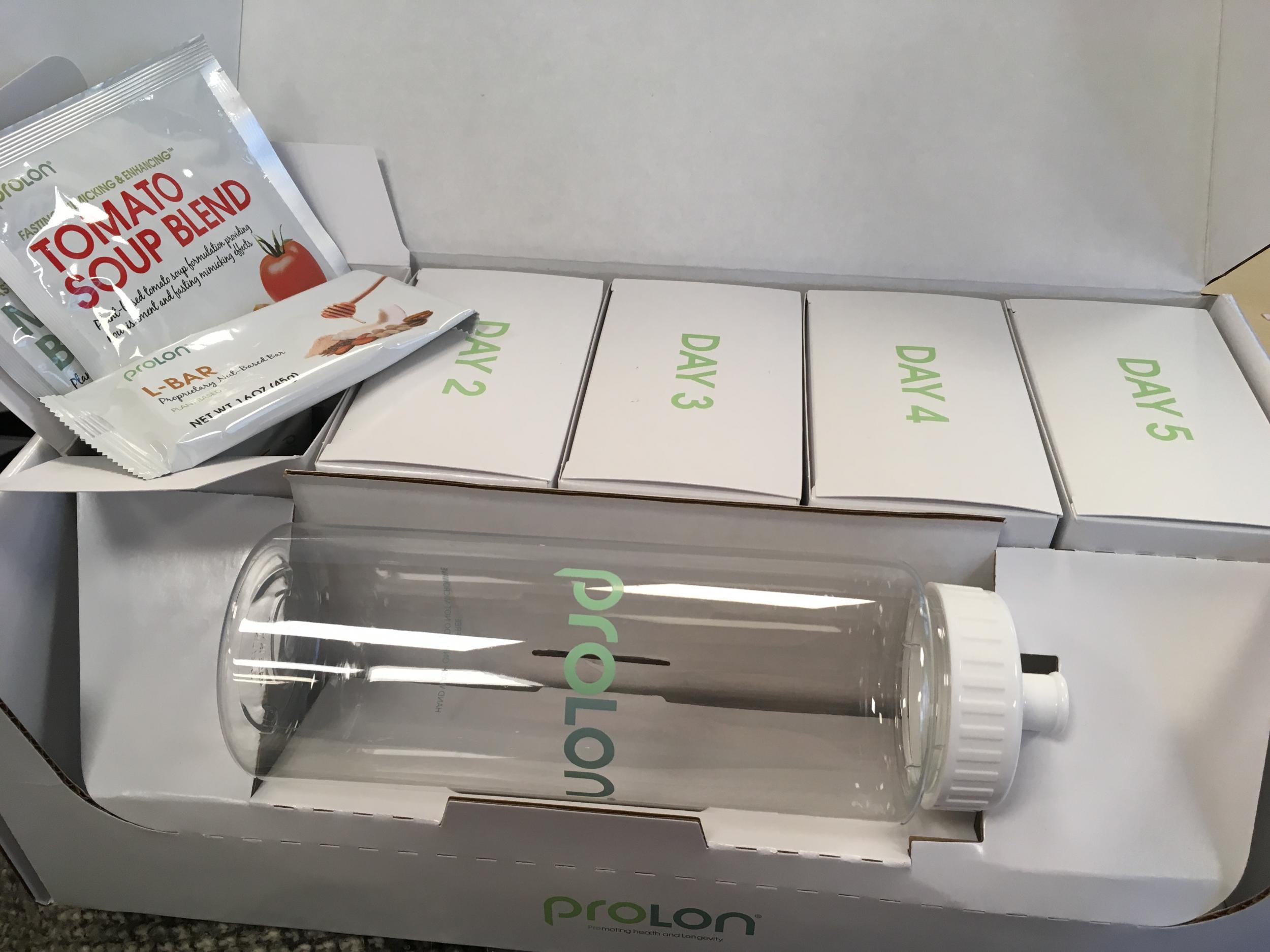
Having undertaken the programme myself, I can reveal I am not going to be doing it every month.
Existing on under 800 calories a day is not easy, especially when it’s for more than one day.
You could actually eat a lot more food for the same amount of calories if you just ate, say, green vegetables, but then your body wouldn’t be in a fasting state, and it’s only then that you reap the rewards.
But if there was any time of the year to attempt any challenging health regime, the beginning of January is it.
So after two weeks of Christmas feasting, cancelling all my social engagements and demolishing a particularly huge final dinner, I took on the five-day fast.
Day One
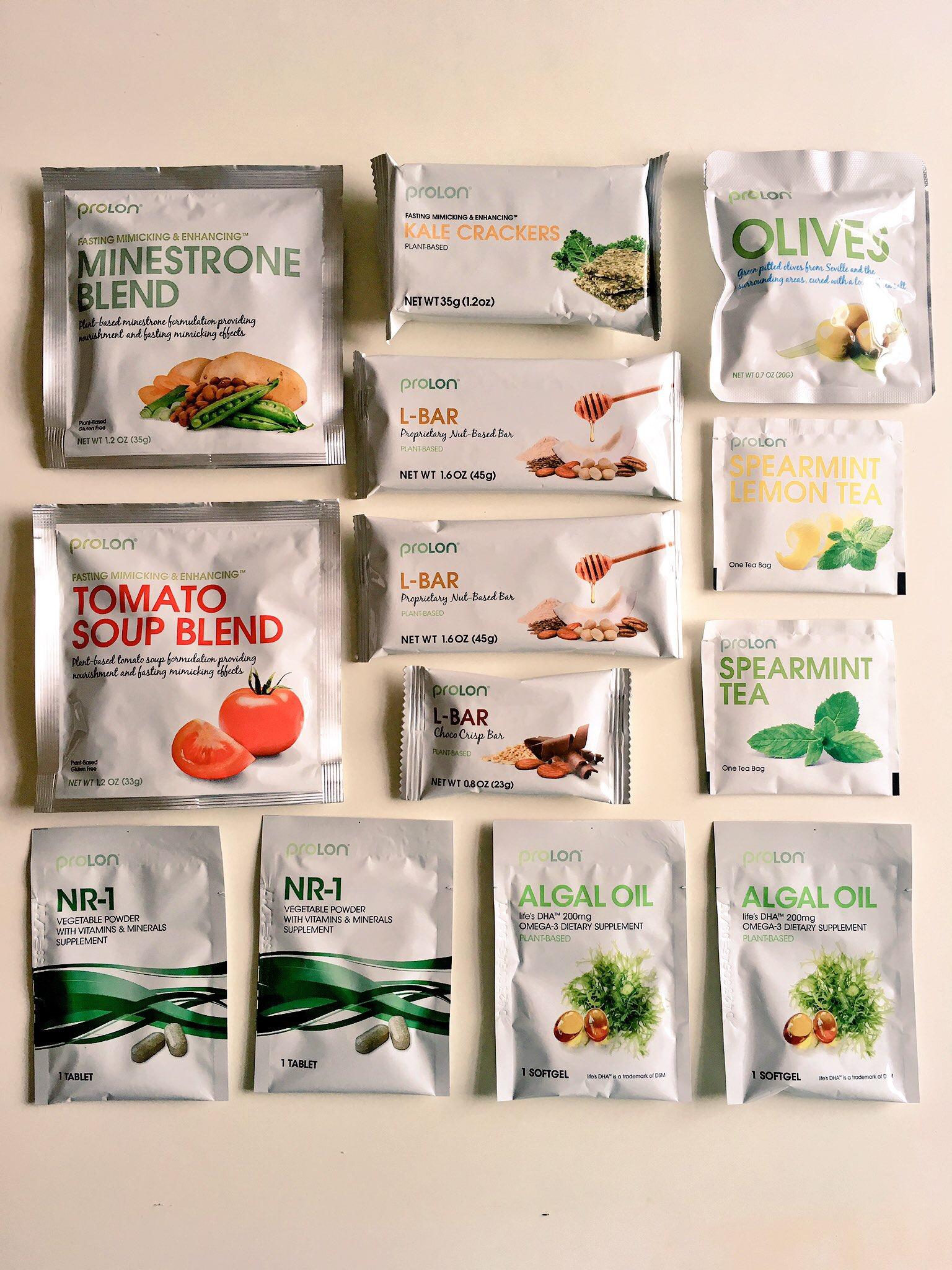
I woke up in the night hungry. Good start.
The first day of the fast is an introductory day, on which you eat a generous 1,100 calories.
My strategy was to wait as long as I could before eating, so I drank a pot of tea (herbal, might I add - caffeine is discouraged) over the course of the morning and didn’t eat till noon.
Breakfast was two algal oil supplements and a miniscule nut-based bar. It tasted OK - not unpleasant but nothing to get excited about. I also couldn’t believe it was 280 calories because it was TINY!
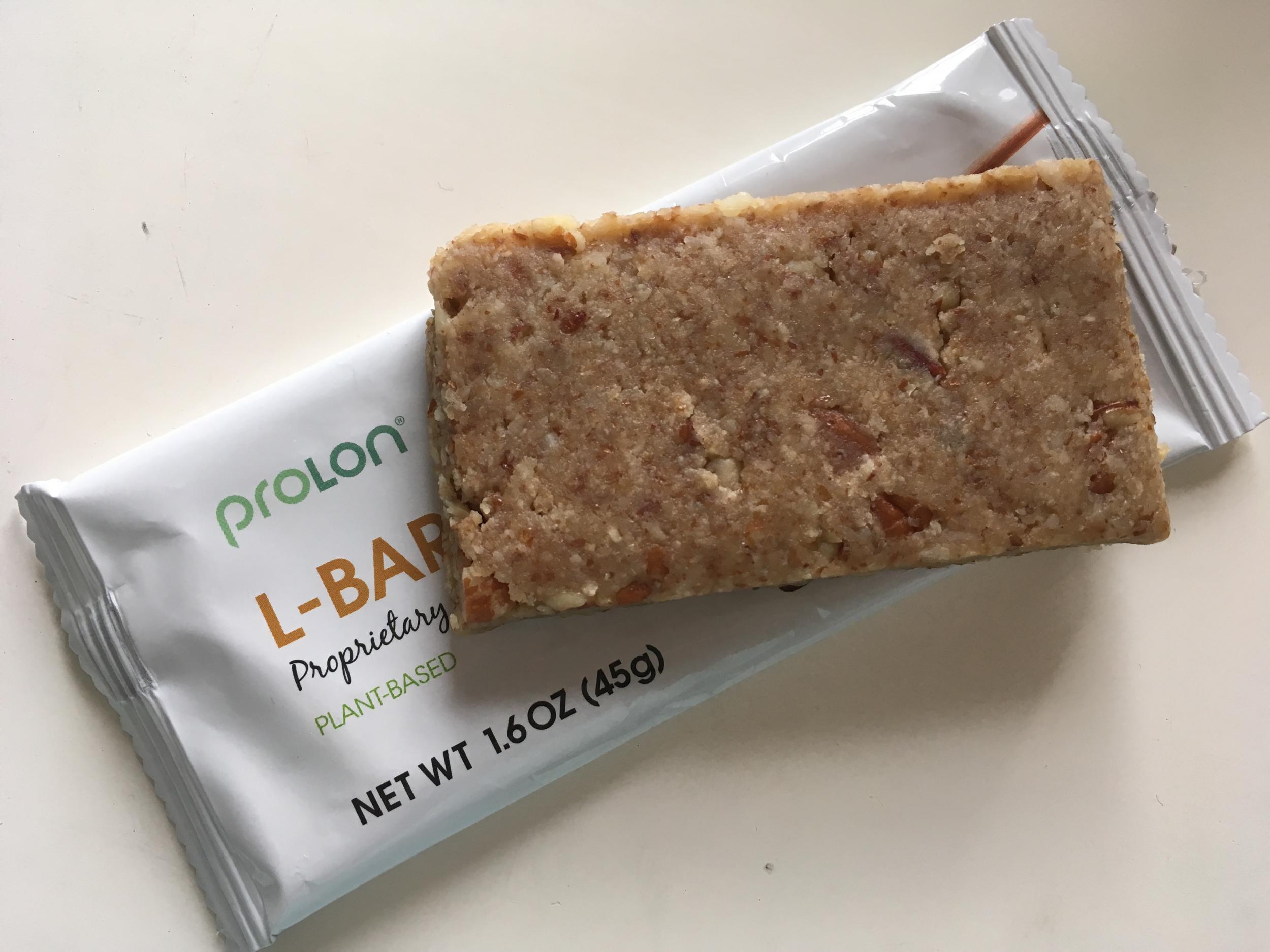
I got really hungry soon after so tried to fill myself up with more tea.
Around 4pm I decided to have my lunch: five olives, three little kale crackers and tomato soup out of a packet, plus two vegetable-based supplements. What is this - lunch for ants?!
Despite the fact that they’d been in a packet for goodness knows how long, the olives were nice, the crackers were pleasant and the soup was surprisingly thick and tasty. I tried to eat slowly and savour the different textures.
Post-lunch I was feeling more OK than expected but also somewhat sad at the prospect of four more days like this because, well, I like eating.
Another nut bar for a snack, followed by dinner of minestrone soup (tastier than expected) and a teensy weensy chocolate crispy bar, which was actually rather delicious.
I felt way more energised than I’d expected that evening and I ended the first day feeling light and slim and generally like a health goddess. But a hungry one.
Day Two
Now the real fast commenced. I woke up hungry and worked through my tummy rumbles over the course of the morning, praying my colleagues couldn’t hear.
As everyone was starting to head off for lunch. I ate my measly nut bar.
Surprisingly, I wasn’t too painfully hungry over the afternoon but boy did I wish I could have a normal cup of English breakfast tea or a Diet Coke.
This did make me wonder if perhaps I actually don't need to eat anywhere near as much as I do normally. Hmm. I didn’t feel weak or hungry - I actually felt energised and was powing through my work.
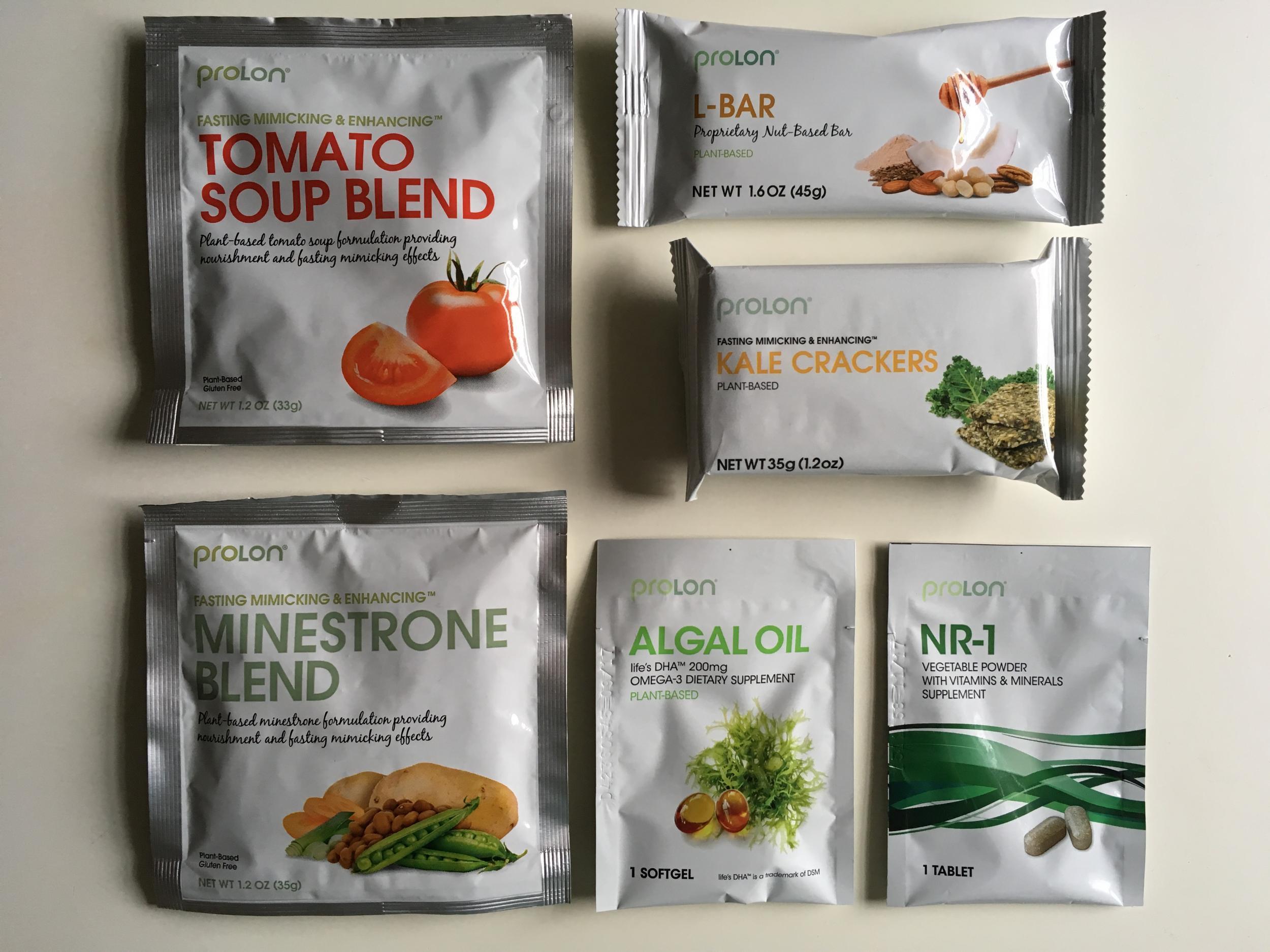
By 4.30pm I felt a little hungry but didn’t even really want to eat, which is unheard of for me. Most bizarre. I was meant to have mushroom soup and olives for lunch followed by quinoa minestrone soup and olives for dinner. I decided to throw caution to the wind and have both packs of olives for lunch, plus another supplement.
On days two to five of the fast, you’re meant to slowly sip what’s known as an ‘L-drink’ - it’s a ‘proprietary glycerol mix’ that you dilute with water, the strength of it depending on your weight.
I hadn’t realised I was meant to be drinking it all day so started at 5pm, oops. It had a subtle orange flavour and tasted pleasant enough, sort of like chewy orange vitamin sweets.
The evening quinoa soup was genuinely really tasty and felt hearty. I then had the mushroom soup too because by this point I really was starving.
In the hours before bed that night though, I forgot I was even doing the fast. Mad.
Day Three
I woke with a headache, which I put down to the lack of caffeine. And by the time I got to work I felt exhausted - walking up the stairs in tube stations had never been such hard work!
Today’s L-drink was berry flavour, which I really liked and sipped over the course of the morning.
I ate my nut bar but by 2pm I still had a headache and was not feeling awesome. I went out for a stroll to try and take my mind off things, but I came back feeling a bit faint with a pounding head.
So I caved and made myself a beautiful cup of milky, caffeinated builders’ tea. It tasted SO good and I felt much better afterwards. Whilst caffeinated beverages are discouraged, you’re allowed one cup of tea or coffee without sweeteners or additives (oops) per day, if you really have to. I had to.
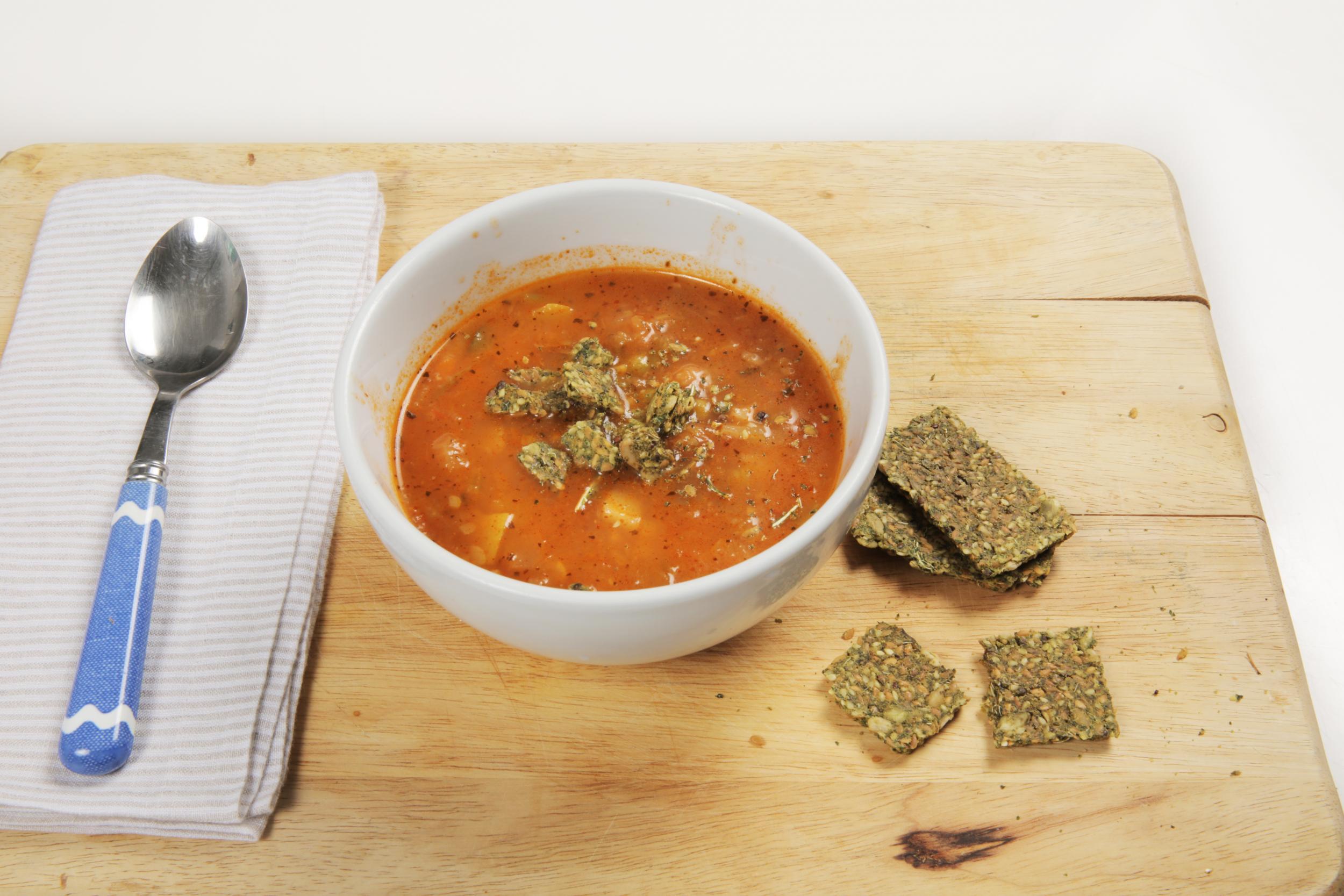
As I was hungry all the time, I found the best approach was to give myself set eating times, so mid-afternoon I had my tomato soup and crackers which genuinely felt like so much food and left me really full.
I ate dinner at 9.30pm and wasn’t even that hungry. It was astounding. I was getting used to constantly feeling a little bit hungry and just ignoring it. I felt slim! I hadn't felt slim since 2011!
Day Four
Boy, was I glad to be past the halfway point.
I realised I’d slept really well for two nights running and was convinced my face looked slimmer (although that’s probably largely because it had ballooned over Christmas due to all the sugar, carbs and alcohol).
Thankfully, I was feeling better than the previous day, although I drank the whole L-drink in the morning. I couldn’t wait for the fast to be over but the end was in sight!
Yet another nut bar for breakfast followed by olives and a distinctly average vegetable soup for lunch - I was getting a bit bored of powdered soups by this point but was also perplexed at how five olives could now significantly fill me up.
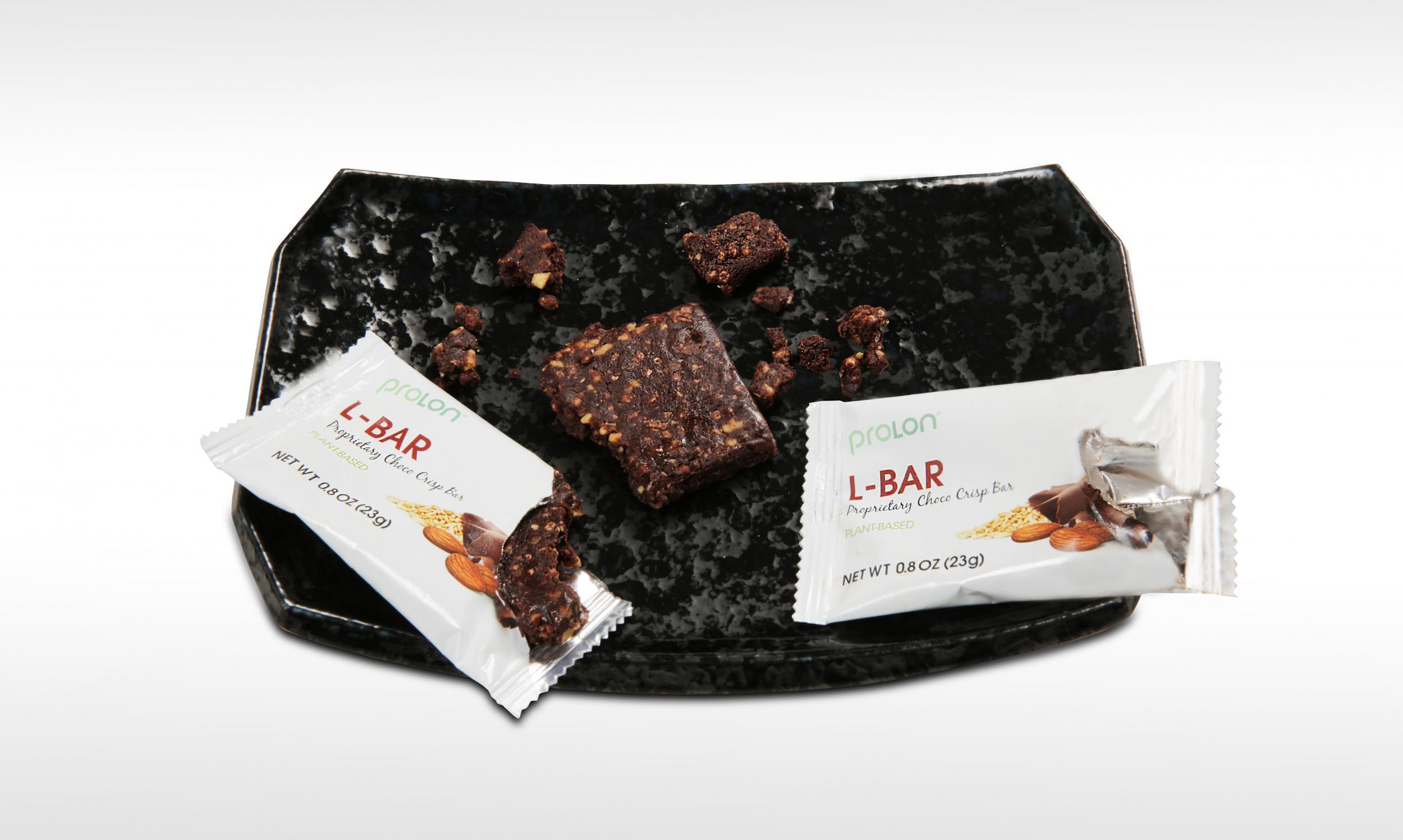
I saved my afternoon snack (more olives) to have with dinner (quinoa minestrone soup and a chocolate crispy bar), but was hungrier that night.
My flatmates were having pizza and wine. I was sad.
Day Five
On the final day of my fast I woke up after a wonderful night’s sleep. I drank the whole L-drink (900ml!) in an hour and was almost sad to be eating my last nut bar (not really).
The last lunch was tomato soup and crackers which seemed like so much food, and yet my tummy continued to rumble. I just put up with it and dreamed of what I would eat the next day.
There was no afternoon snack or pudding with dinner, just some minestrone soup, but it was perfectly pleasant.
Bizarrely, I went to bed feeling hungrier than any of the previous nights but I was so glad it was over and genuinely proud of myself for sticking to the diet.
Conclusion
The day after finishing my fast I woke up starving with a headache (caffeine cured me), but I couldn’t believe it: I’d lost half a stone!
And not only that but two inches off my waist too.
In some ways, the FMD is easy because you don't have to think about what to eat, and the food was all tastier than I expected.
It’s well-planned too - the lunchtime soups only require a microwave, but the evening ones take a little longer and need to be made on the hob.
It was only when I couldn’t eat what I wanted that I realised food is actually everywhere, and it’s so much more appealing when forbidden.
Of course it’s hard to know whether I’ve regenerated my stem cells, maintained my blood pressure at a healthy level, preserved my bone density and decreased my visceral fat, as the ProLon scientists claim. And I don’t even know if I’ll keep the weight off.
The scientists team recommend taking a transition day after finishing the fast, meaning you should stick to soups, juices and light meals.
I went for a burger instead because rules were made to be broken. It’s possible I should’ve followed said rule though because I felt uncomfortably full afterwards - clearly my stomach has shrunk.
Was it hard? Absolutely. But I’m really glad I did it and will take away some healthy habits - namely, eating mindfully and really savouring my food.
ProLon is launching in the UK this spring and is set to cost around £199, which may seem a lot for so little food.
But would I do it again? Yes, but it won't be for everyone.
Join our commenting forum
Join thought-provoking conversations, follow other Independent readers and see their replies
Comments